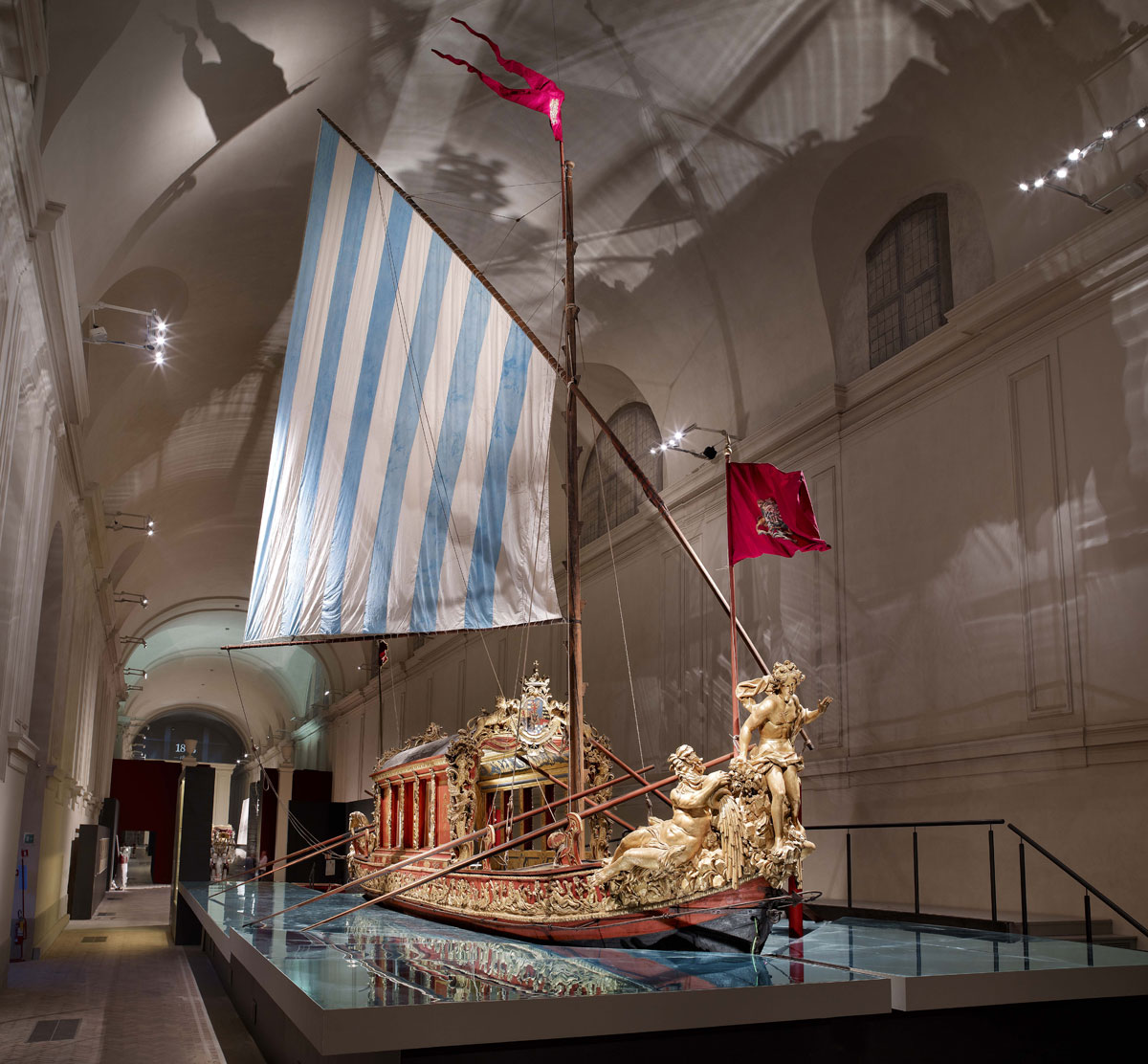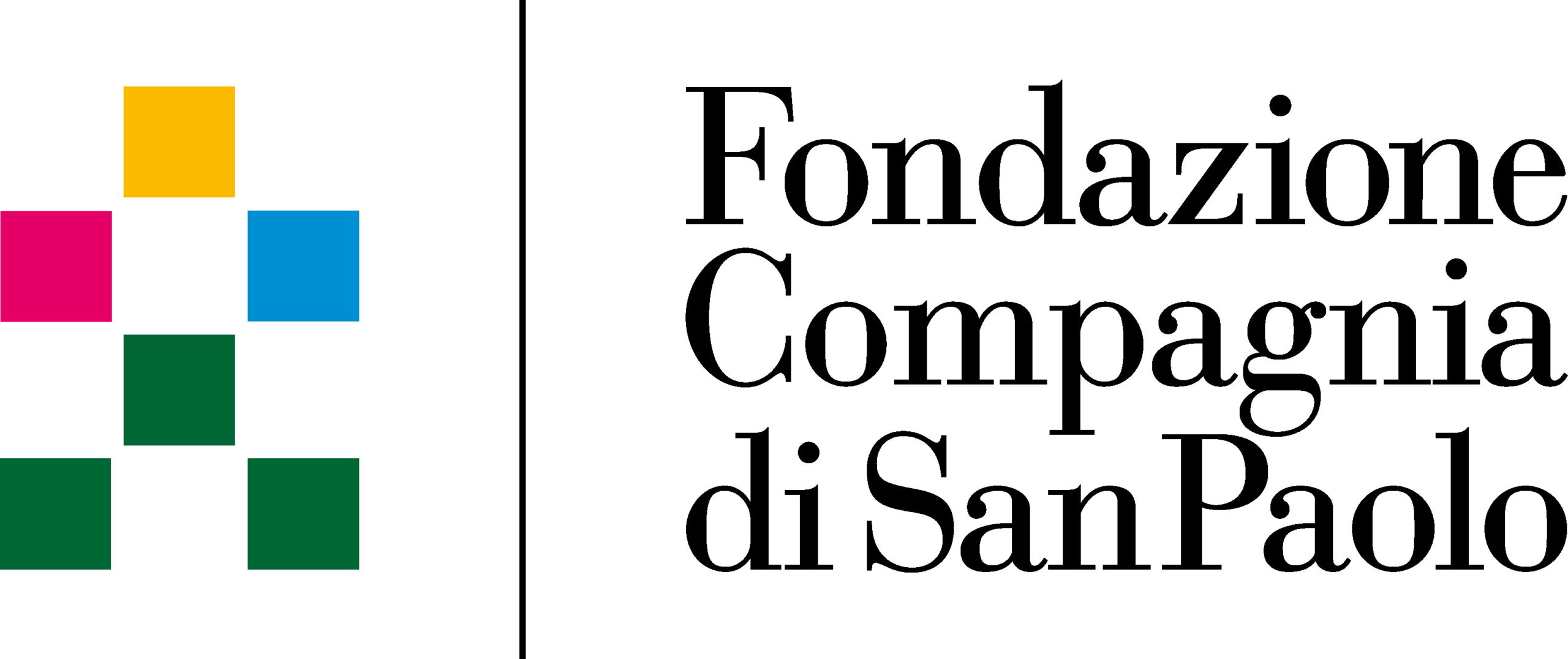Nine stages, nine ideas and nine spaces take you on a journey through the Palace, seen from a new perspective. More than just a tour of a stately home, this is story of the Reggia and of the emotions and ideas it evokes. It is many things: a building, a residence, an urban design project, a metaphor, a Utopia and a symbol of power. It is the fruit of a vision whose stratification of styles and eras remains true to every period of history that has passed through its walls.
Words are small things, but they contain images, some of them immense. They hold emotions and sentiments which are infinite, and indefinable. They hold the past and the future, weaving stories in which we can see ourselves.
These nine words are like an archipelago of islands, waiting for you to explore.
Idea and voice: Gian Luca Favetto
Graphic design: Leandro Agostini
Editing: Gianluca Negro
A project by the Consorzio delle Residenze Reali Sabaude
7 – JEWEL
It might be dark inside, but no matter. You will still be drawn to this tall building of red brick with its vaulted ceiling, more than 140 m long. What draws you in is not so much the light, but the brilli ance – the mark of splendour, luxury and power. It is a precious stone set into your path, as if the itinerary through the Reggia was a necklace made up of rooms, spaces and stories.
Your attention is drawn to the “Bucintoro”, a kind of miniature vessel in giant dimensions that conveys the magnificence and grandiosity of the Baroque era. Even the name, ending in “oro”, sounds like gold. Its shine captures the eye: luxury, thrones, sculptures and red satin cushions. At the time of Victor Amadeus II, it cost the equivalent of 3 million euros.
Like a voyaging jewel, it stands at the head of a small convoy of vintage carriages. The ship lies inside another architectural gem, the grand, luxurious space designed by Filippo Juvarra as stables, next to the 18th-century Orangery. The two spaces run alongside each other, separated only by a wall, so that the heat of 250 horses could warm the lemon, orange and bergamot trees lining the Orangery.
This marvellous ship, which was used for river parades and princely ceremonies, has a flat bottom. This type of vessel is known as a peota, from the tradition of the bucentaur, the State barge of the Doges of Venice – the city from which the Savoy family commissioned this boat. It was built in Venice and then towed by horse up the River Po to Turin, a journey which took a month. On arrival in September 1731, it was moored in front of the Castle of Valentino, against a splendid royal backdrop, the seal of the Savoy monarchy.
Share
Send to a friend
Send to a friend







